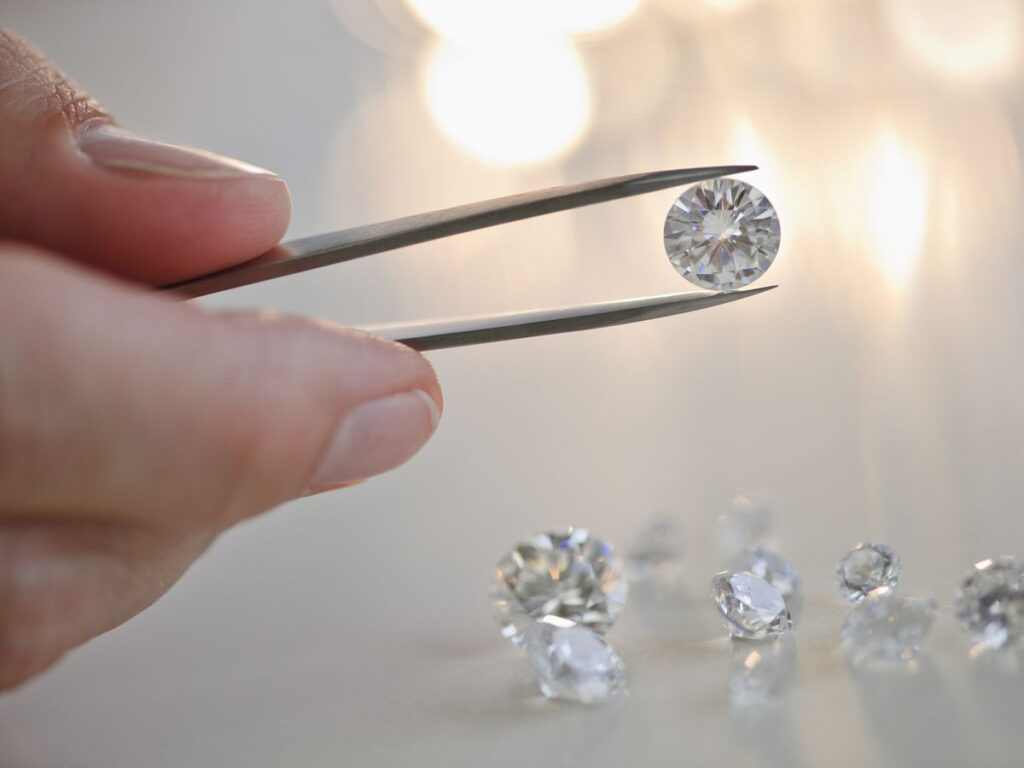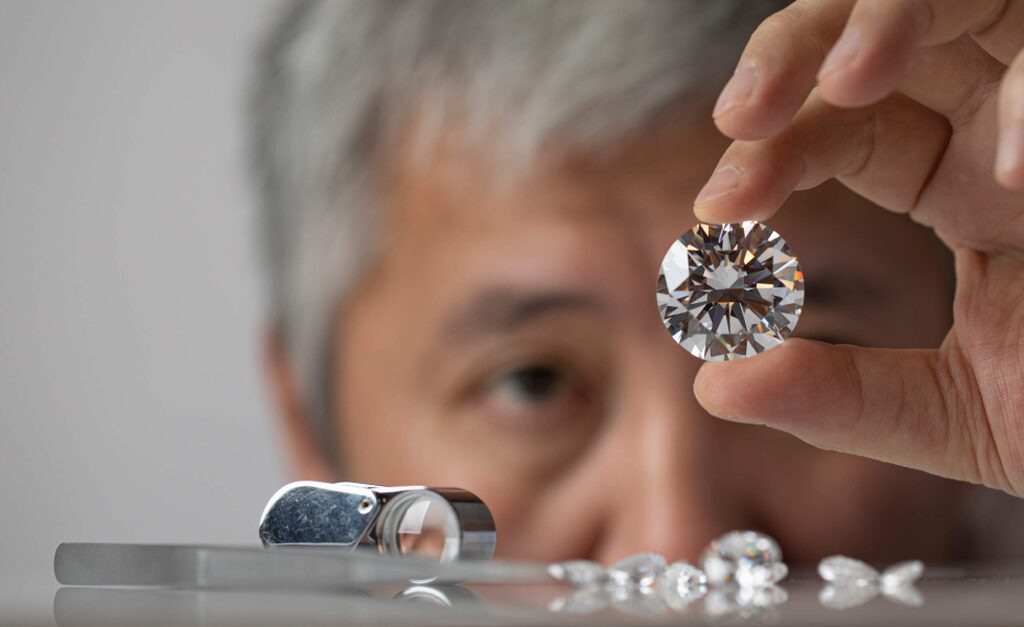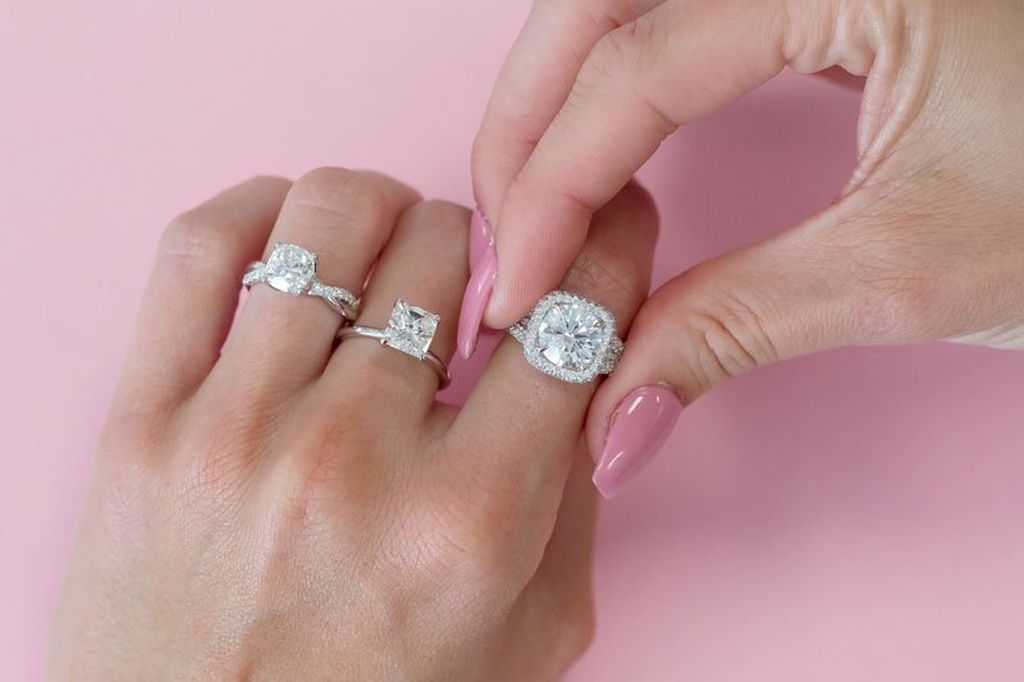Diamonds have always been coveted because of their famed beauty, toughness, and scarcity. Traditionally, diamonds were obtained by mining; but, in recent years, lab-grown diamonds have become a well-liked substitute. These provide a number of advantages over their mined counterparts since they are produced using cutting-edge technology that mimics the conditions under which natural diamonds are generated. To better understand how lab-grown gems came to be and how they have changed through time, it is important to understand the history of this relatively new phenomenon.
The Early Years

Source: pinterest.com
In the 19th century, when scientists first started experimenting with making synthetic gems, the idea of lab-grown diamonds was originally proposed. Auguste Verneuil, a French chemist, created a method for making synthetic rubies in 1879. He then modified the method to make synthetic diamonds. His process entailed melting a tiny diamond crystal, letting it cool slowly, and then adding carbon-rich gases to the mixture. A bigger gem with the same chemical makeup as a natural one would grow over time as the carbon crystallized around the initial diamond.
Verneuil’s method was groundbreaking but not without flaws. The method was costly and time-consuming, and the synthetic gems he produced were frequently little and impure. Several decades would pass before lab-grown diamonds were widely used.
The Modern Era
High pressure, high temperature (HPHT) synthesis was a novel technique for producing synthetic diamonds that first appeared in the 1950s. By applying extreme heat and pressure to a small gem seed inside a chamber, this technique created a larger diamond by causing carbon to crystallize around the seed. In comparison to the Verneuil process, HPHT synthesis produced gems that were larger and of higher quality, and it was also quicker and less expensive.
Despite these developments, lab-grown diamonds were for a long time a specialty item. They were not widely accessible to consumers and were primarily used in industrial applications, such as cutting and drilling tools. Lab-grown gems didn’t start to gain popularity as a possible replacement for mined diamonds until the 1990s.
The rising understanding of the negative effects of diamond mining on the environment and society was one of the causes that led to this change. As consumers became more aware of these problems, they started looking for more ethical and sustainable gem substitutes. A convincing solution was provided by lab-grown diamonds, which are created without the negative effects on the environment or ethical dilemmas associated with mining.
Advancements in Technology

Source: youtube.com
Technology has advanced steadily over the past few decades, and lab-grown diamonds have changed along with it. In addition to HPHT synthesis, chemical vapor deposition (CVD) has become a novel technique for producing lab-grown gems. In this process, a diamond seed is placed in a chamber and exposed to a mixture of carbon-rich gases, which cause the diamond seed to progressively crystallize around it to form a larger piece. Compared to diamonds created using HPHT synthesis, CVD gems are frequently larger, higher-quality, and more consistent.
Another key advancement in lab diamond technology is the ability to produce fancy-colored gems. While lab-grown diamonds can be produced in a variety of colors, including pink, blue, yellow, and green, natural fancy-colored diamonds are incredibly rare and expensive. This has created a whole new range of opportunities for jewelry designers and buyers who want to acquire a distinctive and lovely gem without having to pay a high price.
The Future of Lab-Grown Diamonds

Source: youtube.com
As technology behind lab-grown diamonds continues to evolve, their popularity is only expected to grow. According to National Jeweler, it is currently estimated that the lab diamond market accounts for 8-10 percent of gem sales globally – up from just 1% in 2016. The U.S. remains the largest consumer market for lab-grown diamonds by far. Zimnisky said it represents about 80-plus percent of lab-grown diamond jewelry demand, compared with about 50-plus percent of total global diamond jewelry demand.
